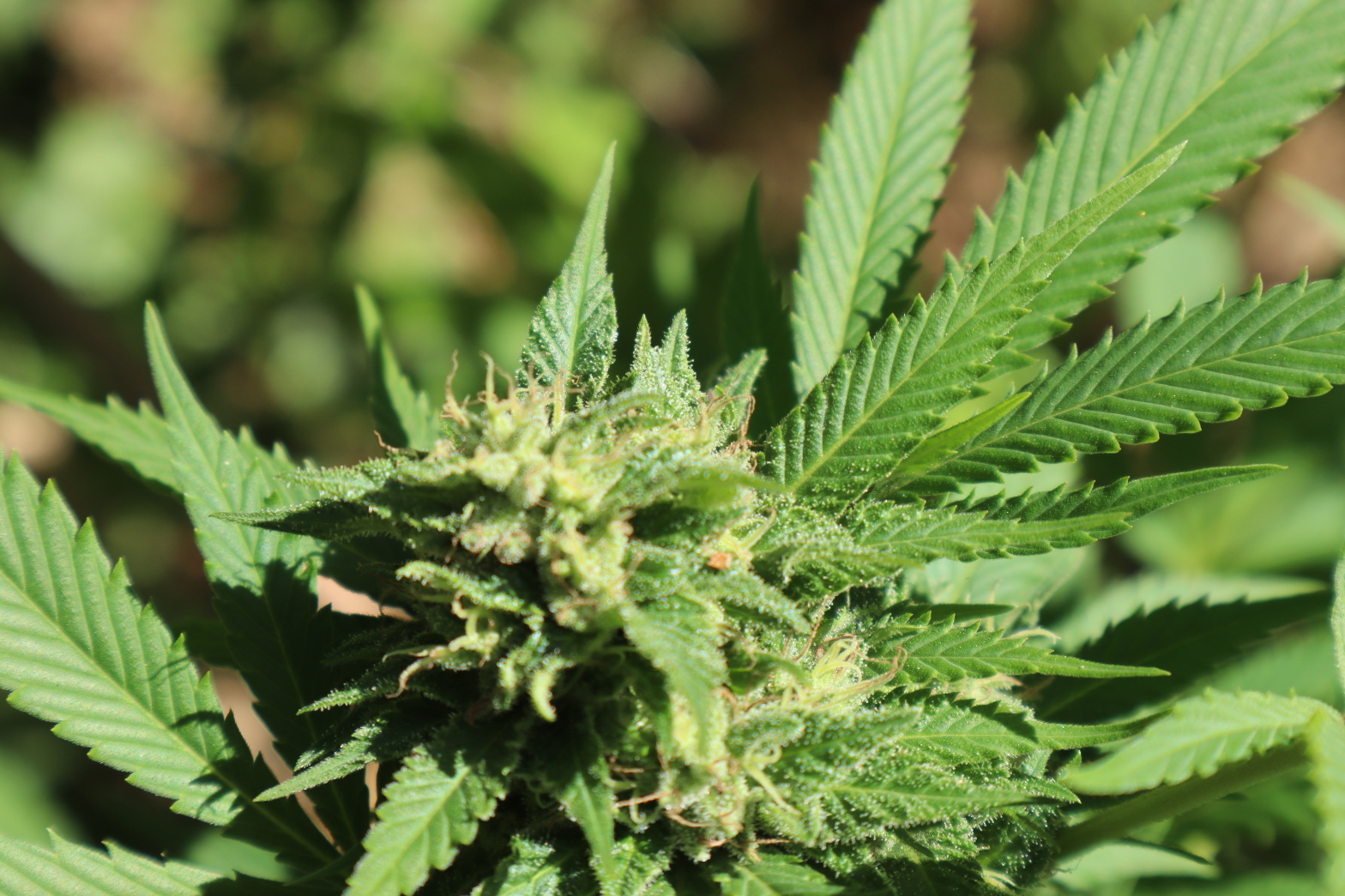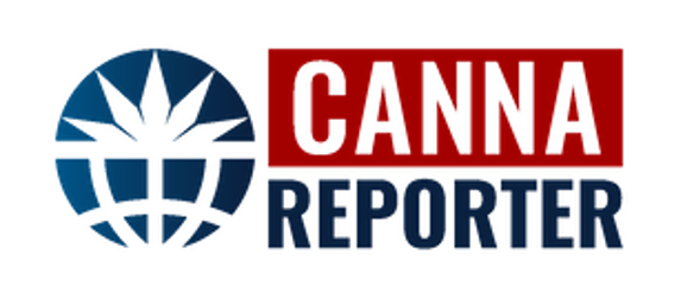WHY HARM REDUCTION SHOULD CHALLENGE DRUG PROHIBITION
In Europe during the 16th, 17th and 18th Century, tobacco and coffee were prohibited, and the failure of these policies forced authorities to install a legal framework tn which these substances could be controlled. That control regime was later extended to alcohol as well, and its aim was the reduction of harm to consumers while at the same time generating taxes for the state.
Thus it was long ago discovered that it is above all the prohibition of drugs that generates and multiplies the risks that are commonly related to drug use. So when today, hundreds of millions of people around the world are criminalized, marginalized, threatened with deprivation of their freedom, their social status, and their sources of income — just because they have chosen their own substances in their pursuit to develop and cure themselves, celebrate and live – it has nothing to do with public health.
The entrepreneurs who sell tobacco, alcohol and legal medicines encounter not the least obstacle whatsoever in their efforts to conquer more markets for substances that cause true public health catastrophes.
Drug prohibition and illegal drug trafficking are in no sense opposing forces. They maintain each other mutually. They are two instruments of the same dominating political and economic empire, with two large stakeholders: the criminal industry and the security industry, both profoundly rooted in the public and private sectors.
The security industry guarantees the criminal profits. According to the UN agency in charge of drug control, the annual commerce of drug trafficking amounts to 400 billion Euros. If we take into account that barely 1 to 3 % of this amount corresponds to the technical costs of production and transport, the profits that are made worldwide with this activity represent more than 12.500 euro a second.
On the other hand the criminal industry finances the illegal activities that are promoted by governments who are themselves some of the most fervent defenders of drug prohibition. These activities are considered politically necessary despite the fact that they are completely illegitimate and immoral, such as the arms purchases for the contras in Nicaragua. Another part is recycled in the legal economy, above all in the countries where revenues are highest, for example in Europe and North-America. Since the national treasuries of these countries also benefit from this money, it can be said that these are the true narco-states.
As long as drugs remain prohibited, harm reduction will remain a cosmetic concept, an empty discourse, a legitimisation of the regime whose harms it claims to reduce. Many of the harm reduction strategies that are discussed here on this conference may help to prevent people from being affected by diseases, but not from having to live at least parts of their life in a criminalized and marginalized environment. It is, as Danish drug user activist Jorgen Kjaer described it, like the Red Cross sending a clean plate, knife and fork to the starving people Ethiopia and say to them: “sorry, this is all we are allowed to do for you”
Of course the universal system of prohibition can not simply be replaced by another universal system of legalisation. Each society must find its own control systems that are most acceptable, and it goes without saying that there will be differences between Sweden and Jamaica, between a metropolis and a village of 500 souls. Drug consumption has always been considered a taboo, and in each family taboos are treated in a different way, depending on how the parents treat it and how the children behave themselves.
Therefore global drug policy reform should necessarily be accompanied by a democratisation, a decentralisation of responsibilities and competences — changes that become more and more necessary to solve other global issues as well. The objectives on which a new drug policy should be built are indeed very worthwhile for a future model of globalisation that is will be more just, sustainable and prosperous than the one we are witnessing today.
We should ourselves be the change that we wish to see happening. Also the movement for harm reduction has to be constructed bottom up, or it will loose all credibility. Grassroot organisations of users, relatives, engaged citizens, people who through direct actions implement the true principles of harm reduction and thus open the eyes of their fellow citizens to the convenient lies on drugs that have been sold to them for more than a century now, they are the backbone of this movement.
Harm reduction was not invented by health workers, academic researchers, politicians or authorities. It has been the initiatives of citizens, often working underground, risking to face the law at any time, that have started harm reduction. These citizens, drug users or people who care for them, are the true architects of a new drug policy. Precisely because of the stigmatisation of drugs and drug users, the change in the way most people look at this issue necessarily has to come from below, from inside society, as a way to resolve a well hidden trauma. Firstly at an individual level among consumers themselves, then among their family members and their friends, then at the level of local and national authorities, and finally at the supranational level.
Today we have arrived at this level. Both at the level of the European Union and the United Nations, it is becoming very clear that without the involvement of the affected “civil society”, drug policy is becoming a sad example of the way in which authorities are hiding themselves from the truth, meeting in self created ivory towers, located miles above grey smokescreens, applying complex and constantly changing explanations for their failures, which are impossible to catch up with for experts, let alone for ordinary tax payers.
You can fool all people for some time, and you can fool some people for a long time. But you cannot fool all people all the time. Thank you.
Joep Oomen




 Creative Commons Attribution
Creative Commons Attribution